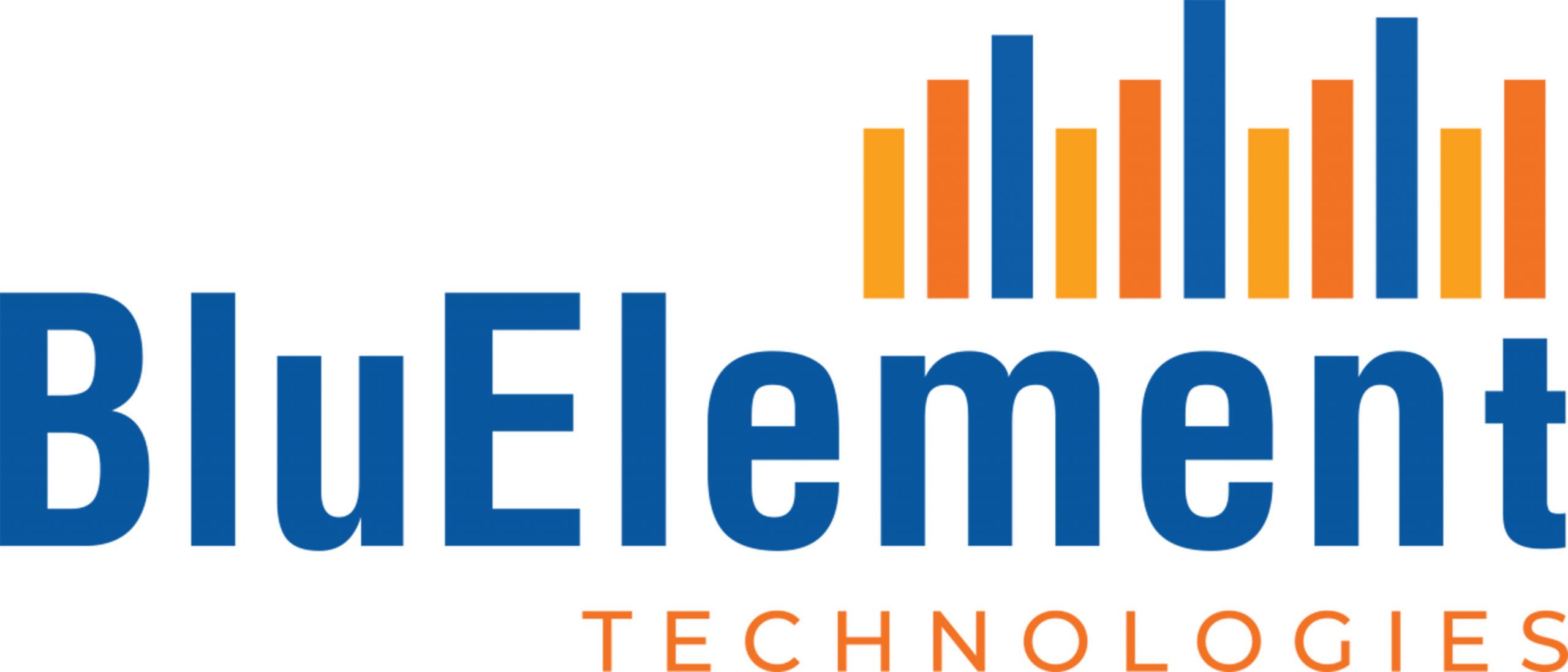Strategies for employee retention are essential for the long-term success of any organisation. High turnover rates can lead to decreased productivity, a lack of institutional knowledge, and increased hiring and training costs. In this article, we will discuss two key strategies of employee retention: focusing on employee value proposition (EVP) and implementing rewards and recognition programs. These techniques can help businesses retain top talent and improve employee retention.
What is an Employee Value Proposition (EVP)?
An employee value proposition is a statement or a document that outlines the benefits and opportunities that a company offers to its employees. It should clearly communicate what employees can expect to gain from working at the company, such as competitive compensation, work-life balance, professional development opportunities, and a positive corporate culture.
An EVP that is well-communicated and consistently delivered can help to attract and retain top talent. Employee engagement and motivation are often higher when employees feel valued and supported. This can lead to increased job satisfaction and a lower risk of turnover.
“Create an Effective Employer Value Proposition to Attract & Retain Top Talent. Book a Demo Now!”
Developing an Effective EVP
Developing an effective EVP requires a deep understanding of what employees value in their work experience. Some employees may place a higher value on financial compensation, while others may prioritize work-life balance or opportunities for professional development. It is important for companies to consider the needs and preferences of their employees when developing their EVP.
There are several ways that companies can communicate their EVP to potential and current employees. These include:
- Job postings: Clearly outlining the benefits and opportunities offered by the company in job postings can help to attract top talent.
- Employee handbooks: Providing a detailed overview of the company’s EVP in employee handbooks can help to set expectations and ensure that employees are aware of the benefits they can expect to receive.
- Performance evaluations: Providing regular performance evaluations can be an opportunity to discuss an employee’s career goals and how the company can support their development.
- Onboarding processes: A thorough onboarding process that includes an overview of the company’s EVP can help to set the stage for a positive work experience for new hires.
The Role of Rewards and Recognition Programs
Rewards and recognition programs can also play a key role in employee retention. These programs can take many forms, including financial bonuses, additional vacation time, and non-monetary recognition such as awards or public recognition for a job well done.
Effective rewards programs should be tailored to the needs and preferences of individual employees. For example, some employees may value financial bonuses, while others may prefer additional time off or opportunities for professional development. By offering a range of rewards options, companies can show their appreciation for the hard work and contributions of their employees in a way that is meaningful to each individual.
In addition to providing tangible rewards, it is also important for companies to recognize the contributions of their employees in a way that is meaningful and personalized. This can include public recognition at company meetings, personalized awards or certificates, or handwritten thank-you notes.
“Improve Your Employee Retention with Personalized Rewards & Recognition Programs, Book a Demo Now!”
The Benefits of Focusing on EVP and Rewards
Focusing on employee value proposition (EVP) and rewards can have numerous benefits for both employees and the company. Some of the key benefits include:
- Increased job satisfaction: When employees feel valued and supported, they are more likely to be satisfied with their job and less likely to leave the company.
- Improved employee engagement: Recognizing and rewarding the hard work and contributions of employees can help to increase their engagement and motivation.
- Enhanced reputation as an employer: A strong EVP and rewards program can help to enhance the reputation of a company as a desirable place to work, which can make it easier to attract top talent.
Strategies for Employee Retention: Conclusion
In conclusion, employee retention is a critical concern for any business, as high turnover rates can lead to decreased productivity, a lack of institutional knowledge, and increased hiring and training costs. One effective strategy for retaining top talent is to focus on employee value proposition (EVP) and rewards. An EVP that is well-communicated and consistently delivered can help to attract and retain top talent, while rewards and recognition programs that are tailored to the needs and preferences of individual employees can help to show appreciation and increase employee satisfaction and engagement. By implementing these strategies of employee retention, businesses can foster a positive work environment that attracts and retains top performers, ultimately leading to long-term success.
Are you interested in learning more about how to implement effective employee retention strategies at your company? Our team at BluElement is here to help. We offer a range of services and solutions designed to support businesses in attracting and retaining top talent.
If you would like to see how our solutions can help your business, we invite you to book a demo with us. During this demo, one of our experts will walk you through our offerings and answer any questions you may have. Simply click the button below to get started.
Follow us on our Facebook, Instagram, and LinkedIn pages to stay updated with the latest articles, videos, announcements, and more.



